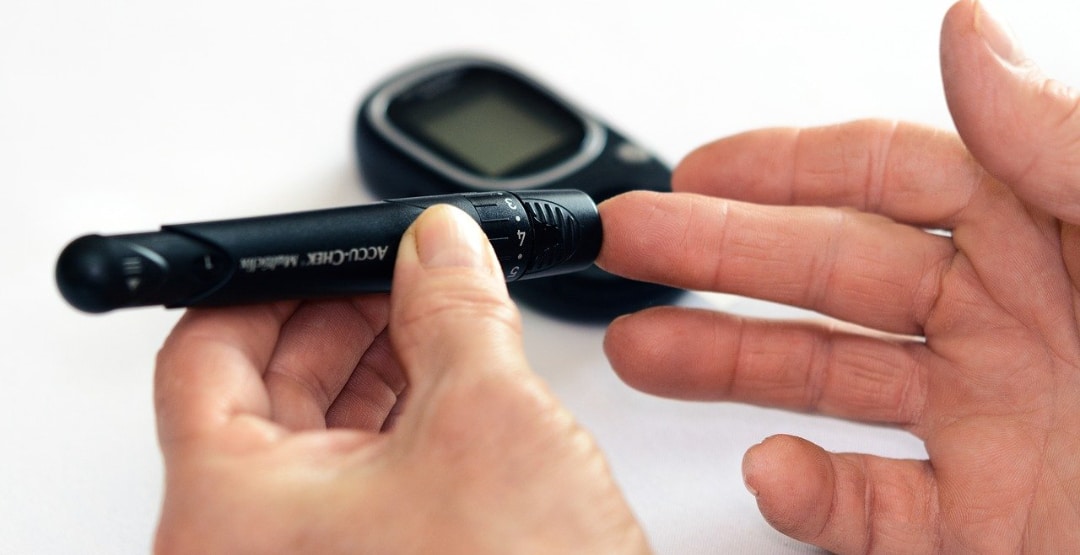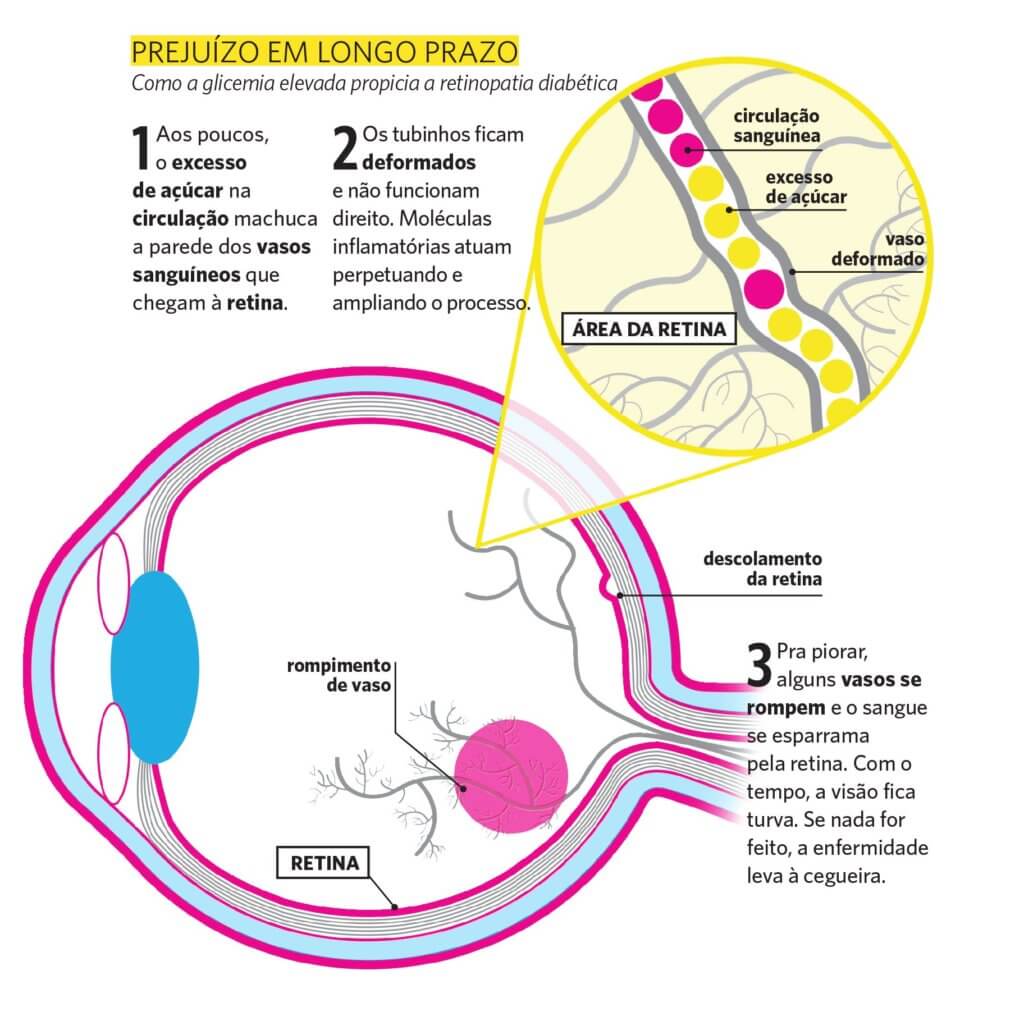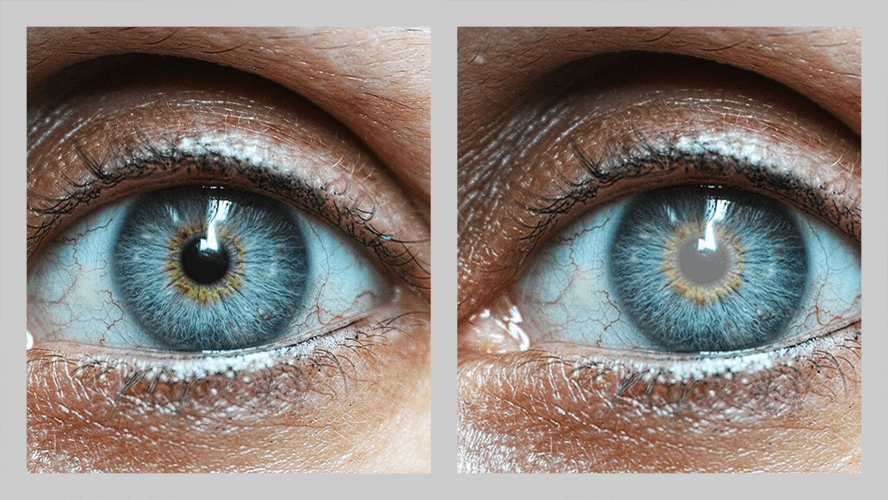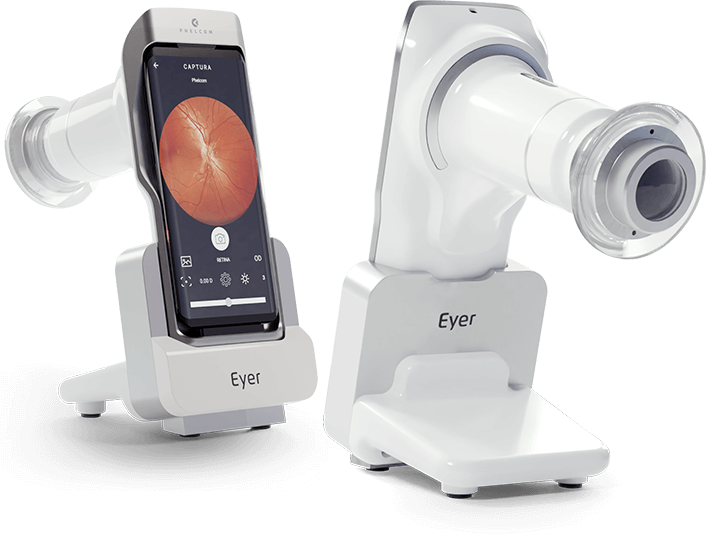The World Health Organization (WHO) has long warned about the danger of diabetes. The disease grows year by year around the world, and in the past 40 years the number of cases has quadrupled.
According to the 10th edition of the Diabetes Atlas, published by the International Diabetes Federation (IDF) and recently released, 537 million people aged 20 to 79 have diabetes worldwide. A growth of 16% compared to 2019.
This equals one diabetic out of ten people. The scenario gets even worse: almost half (44.7%) do not even imagine that they face the disease. The projection for next years are 643 million diabetics in 2030 and 784 million in 2045.
Lifestyle, lack of access to healthcare in developing countries and the present pandemics – which increased sedentary lifestyles, poor diets and postponed medical care – are the main factors for these numbers. Learn more about preliminary data IDF presented.
Diabetes around the world
According to the survey, done every two years, 10.5% of the world’s population have diabetes. Thus, the number proportionally exceeds the global population growth. Until then, one person out of 11 was diabetic.
More than that, 44.7% don’t even know they are sick. That can greatly aggravate diabetes, since people only seek help when symptoms arise. Undoubtedly, figures are worrying. Lack of control can lead to other serious problems, such as blindness, kidney damage, changes in the heart and even death.
The disease is also one of the most deadly: 6.7 million people have lost their lives due to diabetes. That is, every five seconds a person dies from this condition. This account does not yet include deaths resulting from complications of other diseases that have been aggravated due to diabetes, such as covid-19.
The presence of the disease is much higher in developing countries: 81% of sick adults live in these localities. That is, 4 out of 5 diabetics. According to atlas, 32 million diabetics are from Latin America and Central America.
So many sick people cost a lot of money: USD 966 billion were spent worldwide with healthcare, a rise of 316% in the last 15 years, according to IDF.
Diabetes in Brazil
In the 2019 edition, there were 16.8 million diabetics in Brazil. In the world ranking, we are in 5th place behind only China, India, the United States and Pakistan.
Among Brazilian Capitals, Rio de Janeiro stands out with the highest rate of diagnoses in the country: 11.2%. Then there is Maceió (11%) and Porto Alegre (10%). The disease also affects more women (9%) than men (7.3%) here.
Data are from the research “Vigilância de Fatores de Risco e Proteção para Doenças Crônicas por Inquérito Telefônico” (Vigitel), 2020, a telephone survey research of the Ministry of Health.
With regards to the costs invested in the treatment of Brazilian diabetics aged 20 to 79, Atlas estimates USD 52.3 billion per year. This equals to USD 3 thousand per adult.
More data on Brazil should be published in the full edition, with a release preview for December 6.
Causes
Experts claim that diabetes is increasingly out of control and that there is a lack of information and awareness for prevention. Current lifestyle is one of the main factors for the increasingly high number of the disease cases. Sedentary lifestyle and poor diets, rich in fats and carbohydrates, have brought problems such as hypercholesterolemia, hypertension, overweight, obesity and pre-diabetes, among others.
In low-and middle-income countries, which have the largest number of diabetics, there is a lack of access to healthcare, delaying diagnoses, treatments and even guidance for a balanced diet.
Diabetes and the eye
One of the possible complications of diabetes is in the eyes. According to a study by the Brazilian Society of Ophthalmology (SBO), 40% of people who suffer from diabetes present ophthalmic changes.
Diabetic retinopathy figures among them. Currently, about 40% of the 4 million Brazilians diagnosed with retinopathy have diabetes. In fact, the duration of diabetes and the uncontrolled blood glucose have a direct relationship with retinopathy.
Source: Infographic on diabetic retinopathy – Saúde magazine
This disease subdivides into two types: pre-proliferative, which does not require laser treatment, and proliferative, in which neovases occur and also demand therapy.
For the diagnosis of the correct type, one must evaluate the fundus with examinations.
The disease can also cause glaucoma. The Ministry of Health estimates that people with diabetes are 40% more likely to develop the problem.
In addition, diabetics are 60% more likely to have cataract earlier. In this situation, the problem appears earlier and progresses faster than senile cataracts. Therefore, it is the main cause of vision loss in diabetic patients. However, it is reversible through surgery.
Comparison between a healthy eye and one with cataracts.
Data from Universo Visual magazine.
It is surely essential for diabetics to be attentive to any changes in their vision. Therefore, even if everything is fine, it is important to undergo periodic examinations with an ophthalmologist.
Prevention and early diagnosis are the keys to avoid serious damage, such as severe visual impairment and even blindness, in case of complications from diabetes.
Reviewed by Paulo Schor, ophthalmologist, associate professor and director of innovation of the Federal University of São Paulo (Unifesp) and collaborator of the Faculty of Medicine of the Albert Einstein Hospital.
Follow Phelcom blog and stay on top of the main health news.
Subscribe








